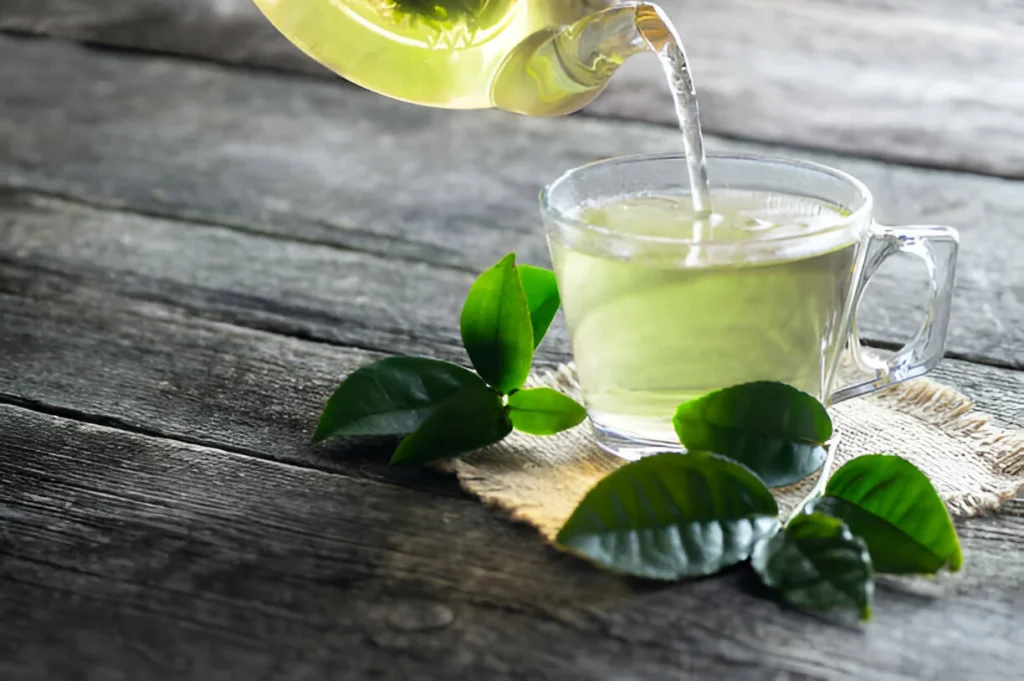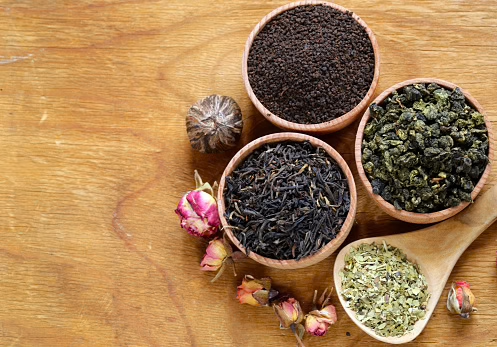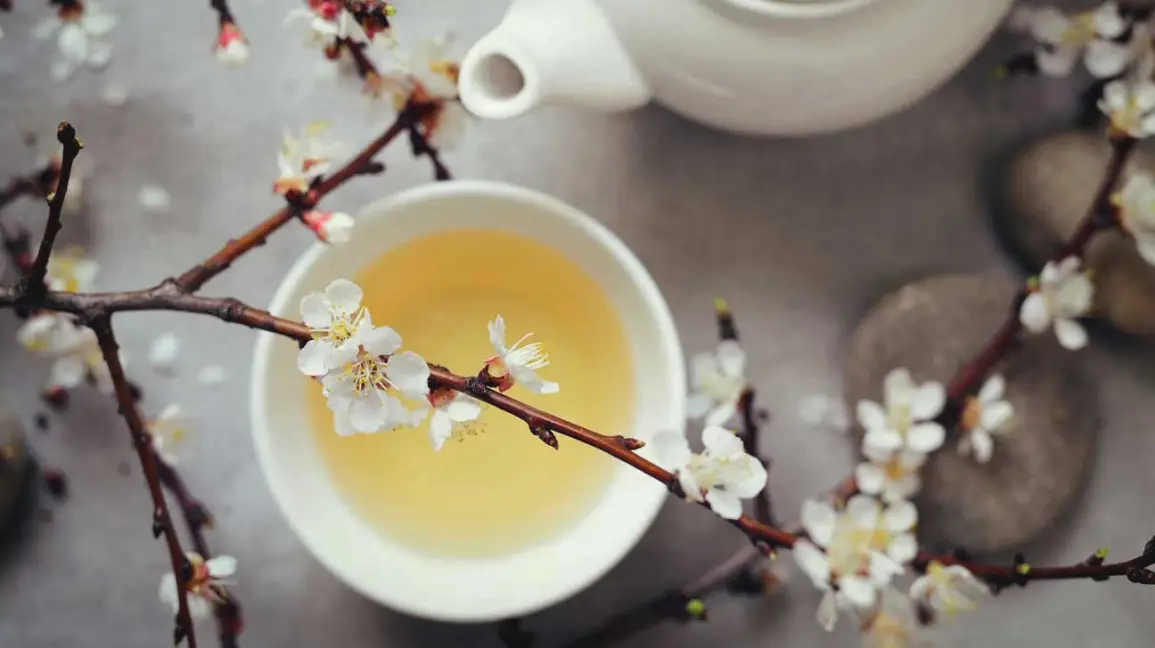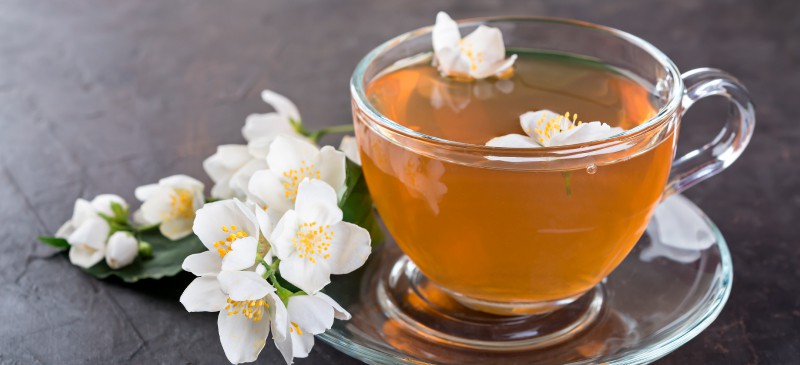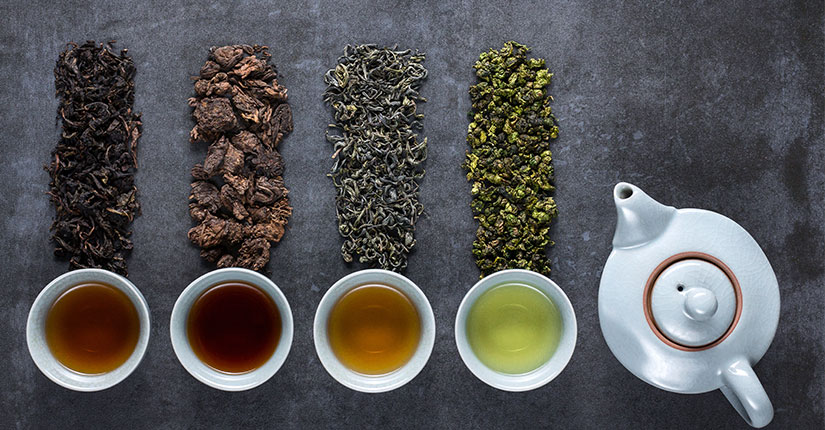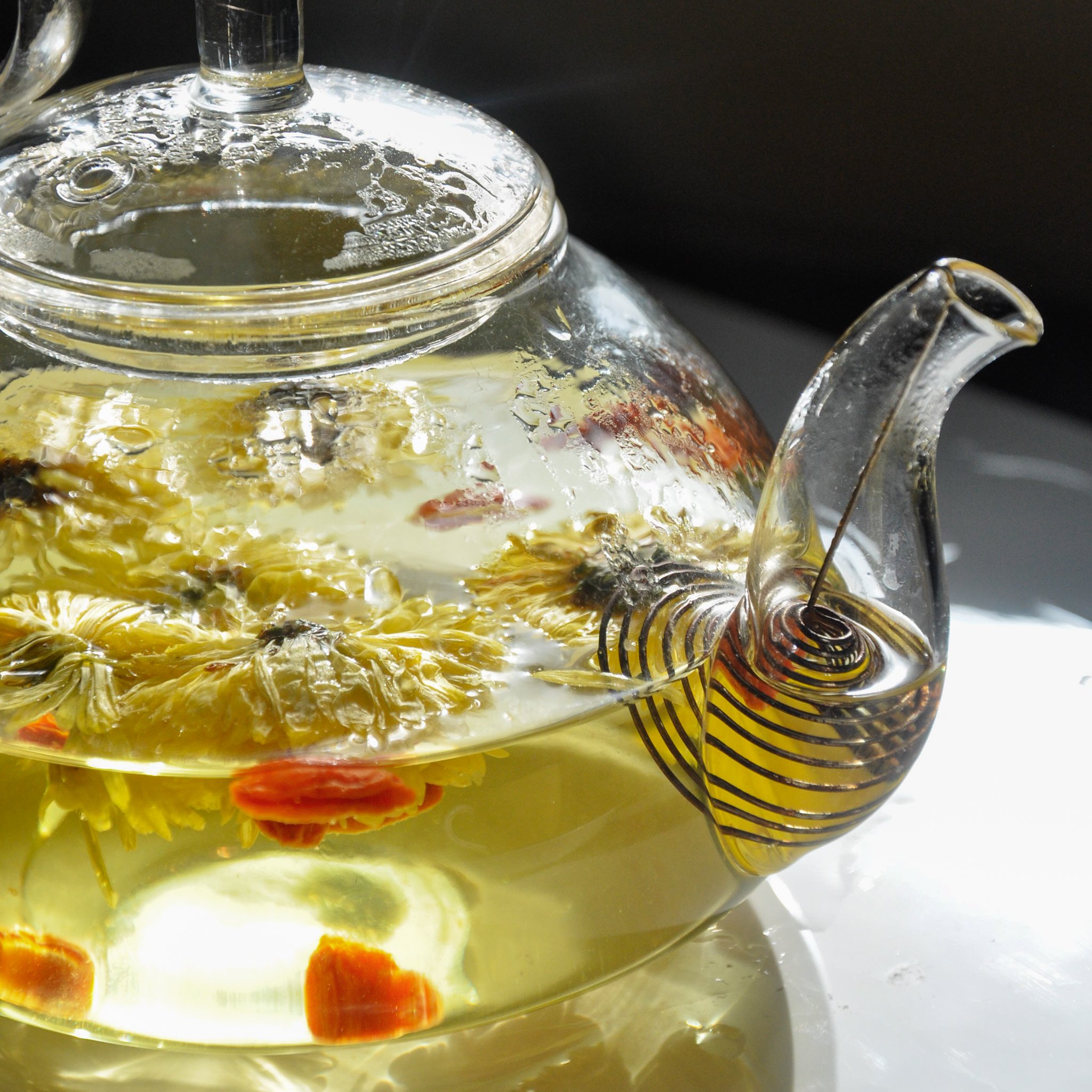A Detailed Comparison
White tea and green tea are two of the most beloved types of tea, both derived from the Camellia sinensis plant. While they share similarities, their differences lie in how they are processed, their flavor profiles, caffeine content, health benefits, and cultural significance. Understanding these distinctions can help tea lovers choose the perfect brew to suit their preferences and needs.
1. Processing Differences
The primary distinction between white and green tea is the way they are processed:
- White Tea:
- Minimal Processing: White tea is the least processed of all teas. The young tea buds and leaves are plucked and simply withered and dried, often under natural sunlight. This gentle process preserves its delicate flavor and high levels of antioxidants.
- Oxidation: White tea undergoes minimal oxidation, maintaining its light and fresh character.
- Green Tea:
- Preserving Freshness: Green tea leaves are quickly steamed or pan-fried after harvesting to halt oxidation. This preserves their green color and grassy flavor.
- More Processing: Green tea involves additional steps, such as shaping, rolling, and drying, depending on the variety and origin.
2. Flavor Profiles
- White Tea:
- Light and Delicate: White tea has a subtle, mild flavor with floral or fruity undertones. It’s perfect for those who prefer a softer tea experience.
- Examples: Popular varieties include Bai Mudan (White Peony) and Silver Needle.
- Green Tea:
- Grassy and Fresh: Green tea has a more robust, vegetal flavor that can range from grassy to nutty, with slight bitterness. Japanese green teas like Sencha tend to have a fresher, more herbaceous flavor, while Chinese green teas like Dragonwell are nuttier and smoother.
- Examples: Matcha, Gyokuro, and Longjing are well-known green teas.
3. Caffeine Content
Caffeine levels in tea can vary based on factors like leaf maturity, preparation, and brewing time:
- White Tea:
- Lower Caffeine: White tea generally has less caffeine than green tea, averaging 15-30 mg per cup. It’s a gentle option for those sensitive to caffeine.
- Green Tea:
- Moderate Caffeine: Green tea typically contains 20-50 mg per cup, providing a mild energy boost without the jitters of coffee. Matcha, a powdered form of green tea, has higher caffeine levels since the whole leaf is consumed.
4. Health Benefits
Both white and green teas are rich in antioxidants, making them excellent choices for overall health. However, their benefits vary slightly:
- White Tea:
- High Antioxidant Content: Due to minimal processing, white tea retains a higher concentration of antioxidants, particularly catechins, which combat oxidative stress.
- Skin Health: White tea is known for its anti-aging properties and its ability to protect skin cells from damage.
- Immune Support: The antioxidants in white tea can strengthen the immune system.
- Green Tea:
- Weight Management: Green tea’s catechins and caffeine are known to enhance metabolism and support fat burning.
- Heart Health: Studies suggest that green tea helps reduce LDL (bad cholesterol) and improve heart health.
- Cognitive Function: The combination of caffeine and L-theanine in green tea enhances focus and mental clarity.
5. Brewing and Preparation
- White Tea:
- Temperature: Use water at 70–80°C (158–176°F). Boiling water can destroy its delicate flavor.
- Steeping Time: Steep for 2-5 minutes, depending on the variety.
- Tips: White tea is more forgiving when over-steeped, as it rarely turns bitter.
- Green Tea:
- Temperature: Use water at 75–85°C (167–185°F). Boiling water can make green tea overly bitter.
- Steeping Time: Steep for 1-3 minutes, adjusting to your taste preferences.
- Tips: Avoid over-steeping green tea, as it can release excessive tannins, leading to bitterness.
6. Cost and Availability
- White Tea:
- Cost: White tea is often more expensive than green tea due to its labor-intensive harvesting process and limited production.
- Availability: While widely available, high-quality white teas are typically found in specialty stores or online.
- Green Tea:
- Cost: Green tea is generally more affordable and widely available. Specialty varieties like Matcha or Gyokuro can be pricier.
- Availability: Green tea is readily available in grocery stores, tea shops, and online retailers worldwide.
7. Cultural Significance
- White Tea:
- Often regarded as a luxury, white tea has a subtle elegance that appeals to connoisseurs. It is less common in traditional tea ceremonies but is prized for its refined flavor.
- Green Tea:
- Central to Japanese and Chinese tea culture, green tea holds deep cultural significance. In Japan, the art of preparing and serving Matcha is integral to the traditional tea ceremony (chanoyu).
8. Choosing the Right Tea for You
- Opt for White Tea if You:
- Prefer light, delicate flavors.
- Want a tea with minimal caffeine.
- Are looking for a high-antioxidant option with anti-aging benefits.
- Choose Green Tea if You:
- Enjoy a more robust, grassy flavor.
- Need a moderate caffeine boost for energy and focus.
- Want a tea that supports weight management and heart health.
Conclusion
White tea and green tea each offer unique characteristics, health benefits, and flavor profiles. Whether you choose the gentle, floral notes of white tea or the fresh, vegetal taste of green tea, both provide a wealth of antioxidants and a connection to centuries of tea tradition. The choice ultimately comes down to your personal preferences, health goals, and desired tea experience. Why not explore both and enjoy the best of what these teas have to offer?
